6 Types of Visible Mending
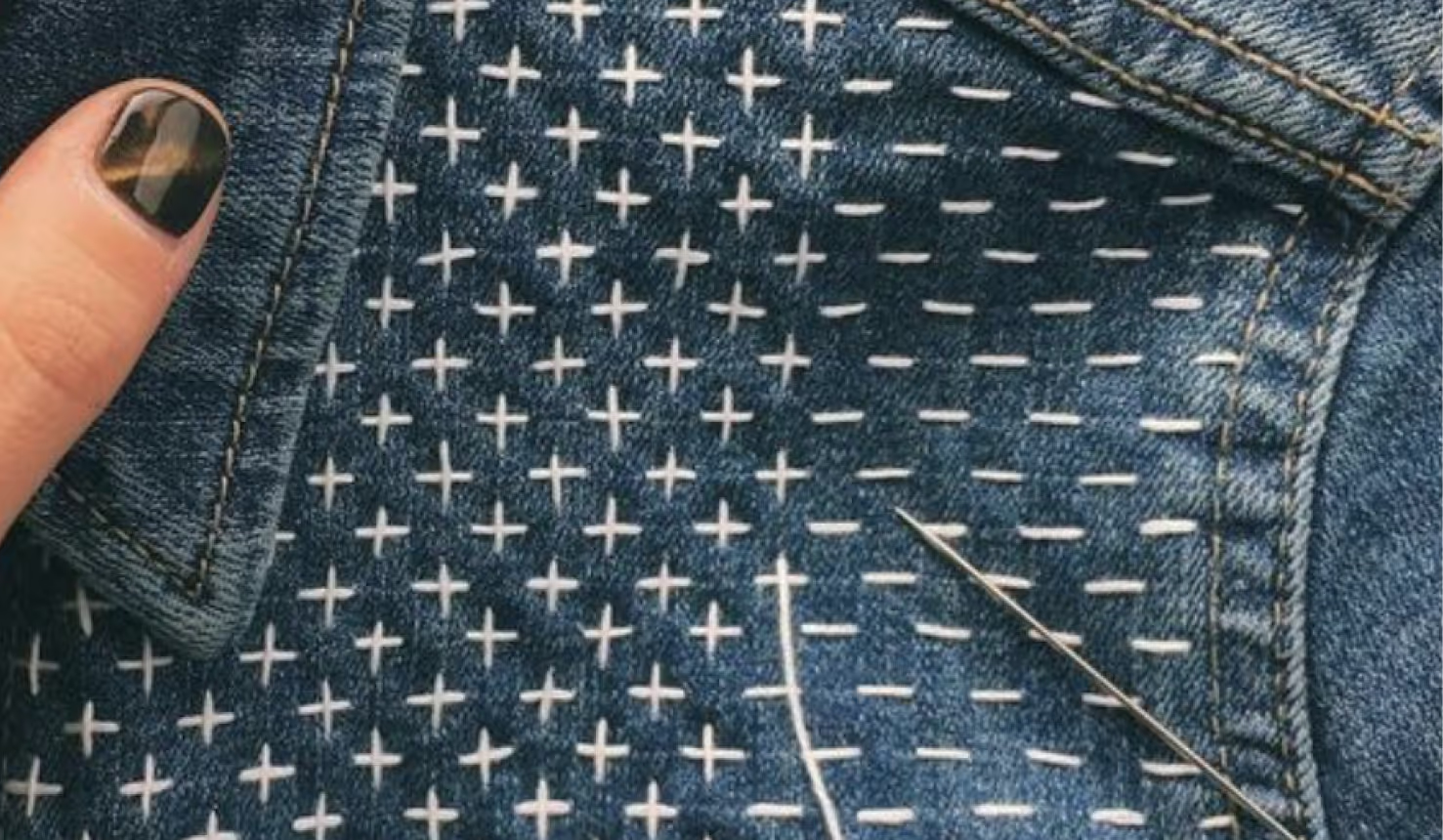
Join the community





Rather than hiding repairs or imperfections, visible mending is an approach that celebrates the mending process.
Not only does it add personality to your clothes, it’s an opportunity to embrace sustainable fashion by keeping the clothes you already own in use for as long as possible. You can also use visible mending on clothes you find at thrift stores that might need some repair.
The fewer new clothes we buy, the more we lower the amount of production emissions from clothes manufacturing and reduce the amount of clothes being sent to landfills.
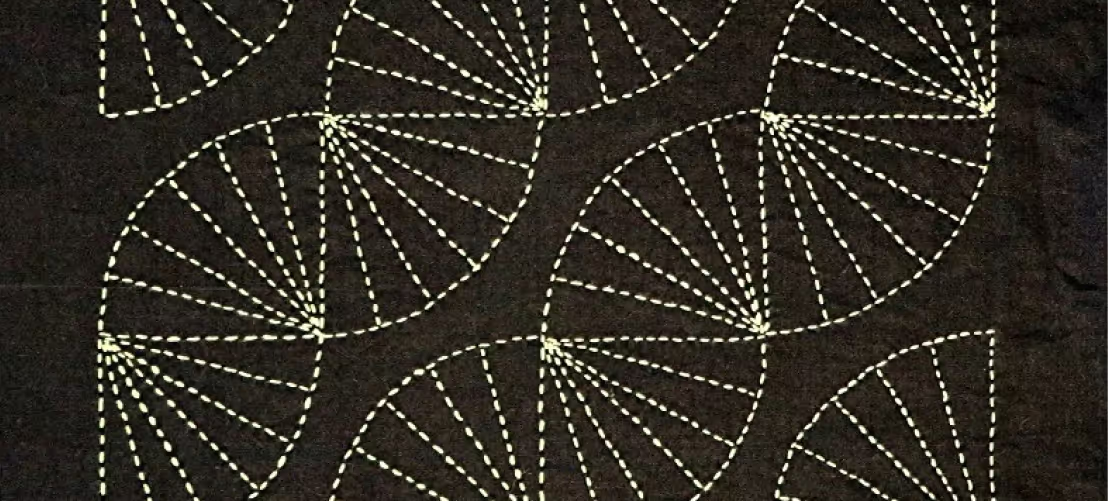
1. Sashiko
Sashiko is a traditional Japanese embroidery technique that uses simple running stitches to create intricate patterns. It is often used to mend and reinforce fabric, and in visible mending, it can be used to create beautiful designs over rips and holes.
Try this sashiko how-to →
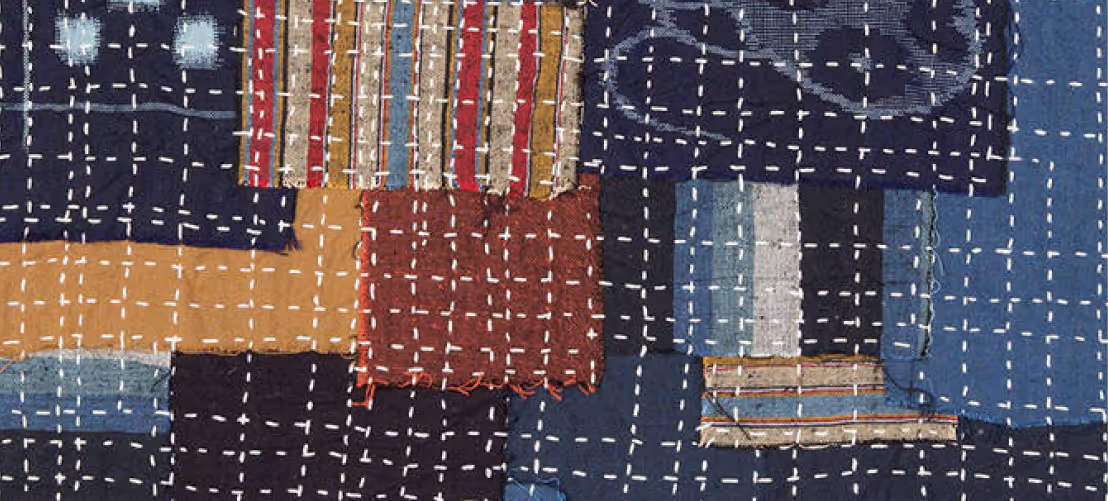
2. Boro
Boro mending is a Japanese textile art born out of necessity. It involves patching and stitching together worn-out, often indigo-dyed fabrics, creating layers of intricate patterns. Boro exemplifies the beauty of imperfection, highlighting the value of reusing and repairing materials.
Try this boro how-to ->

3. Embroidery
Embroidery adds decorative stitches and patterns to cover a hole or rip. Use colorful threads and various stitching techniques like satin, running, or cross-stitch, it transforms holes and tears into decorative accents.
Try this embroidery how-to ->
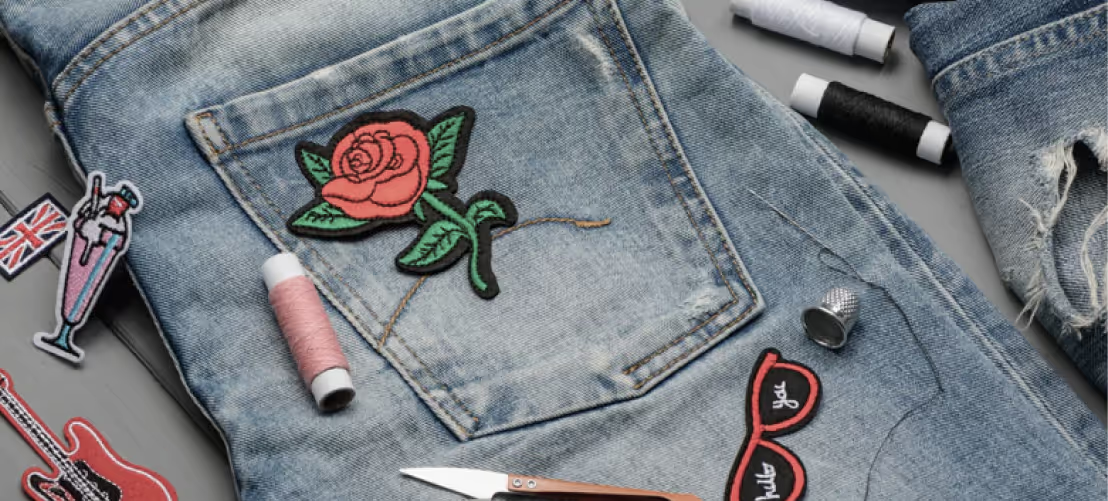
4. Patches or appliqué
Glue or iron on a swatch of contrasting fabric or premade patch to cover a hole or rip. You can try different shapes or contrasting threads to make it more decorative.
Try this patching how-to ->
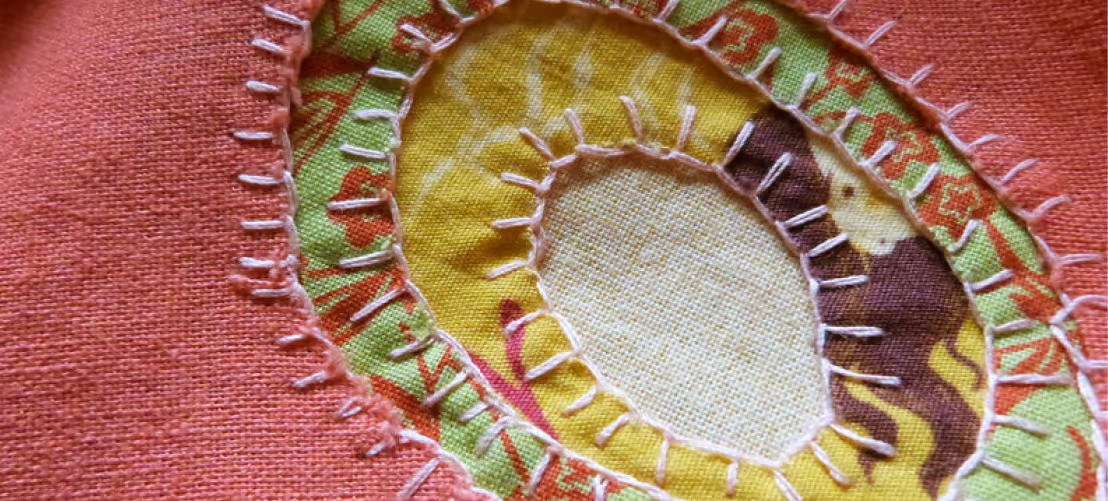
5. Reverse appliqué
Reverse appliqué is a distinctive technique for visible mending. It entails layering fabrics and cutting away the top layer to reveal a design or contrasting color beneath.
Try this reverse applique how-to ->
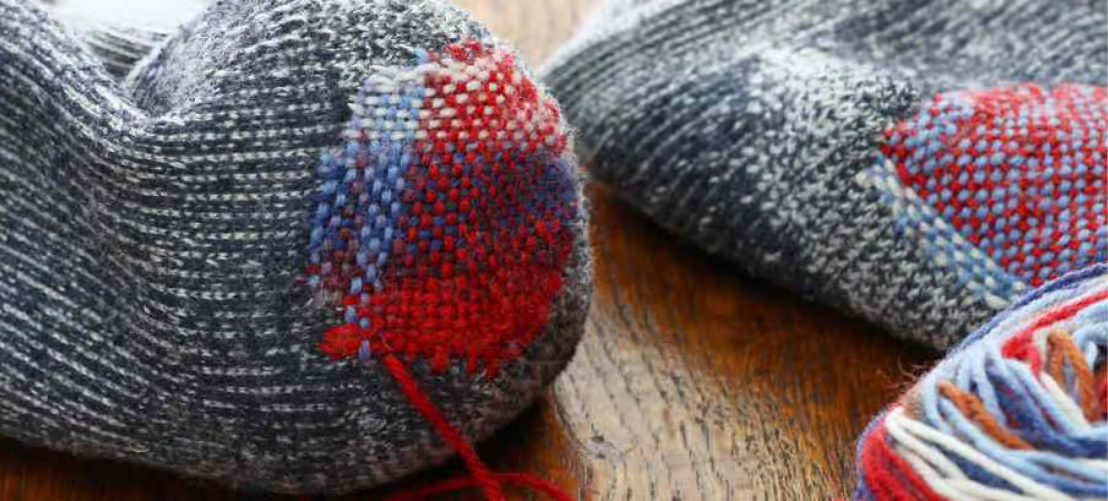
6. Visible darning
Visible darning is a prominent technique in visible mending. It involves repairing holes or worn areas in clothing with decorative stitching.








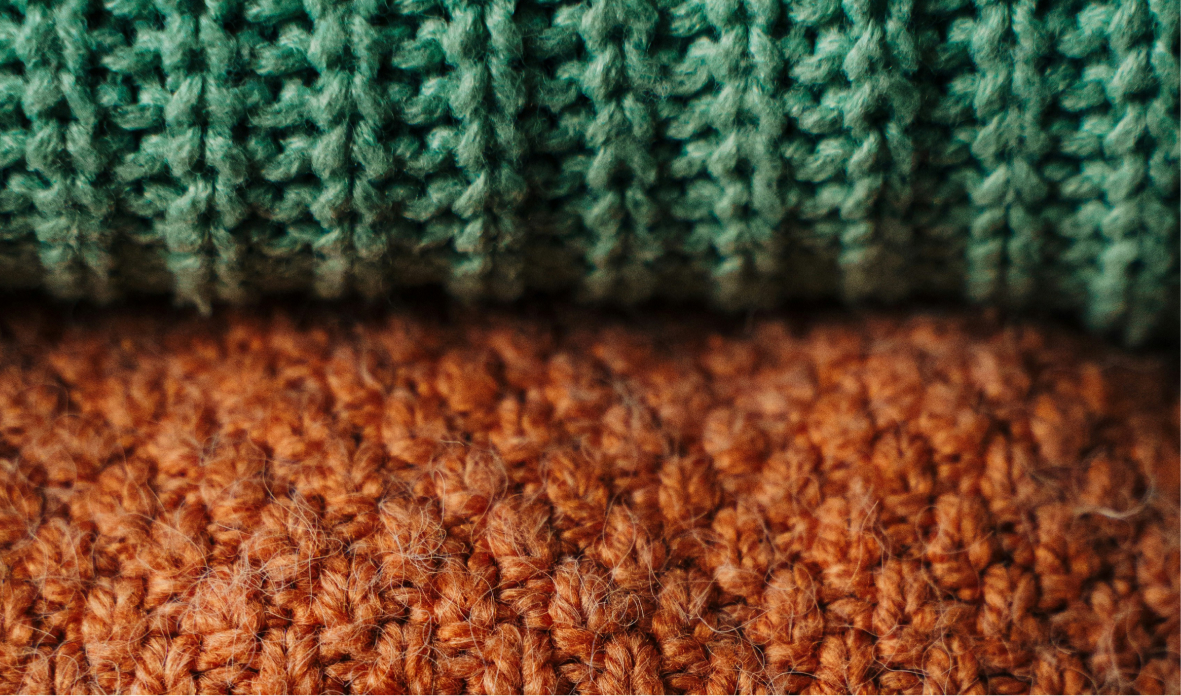

.png)


